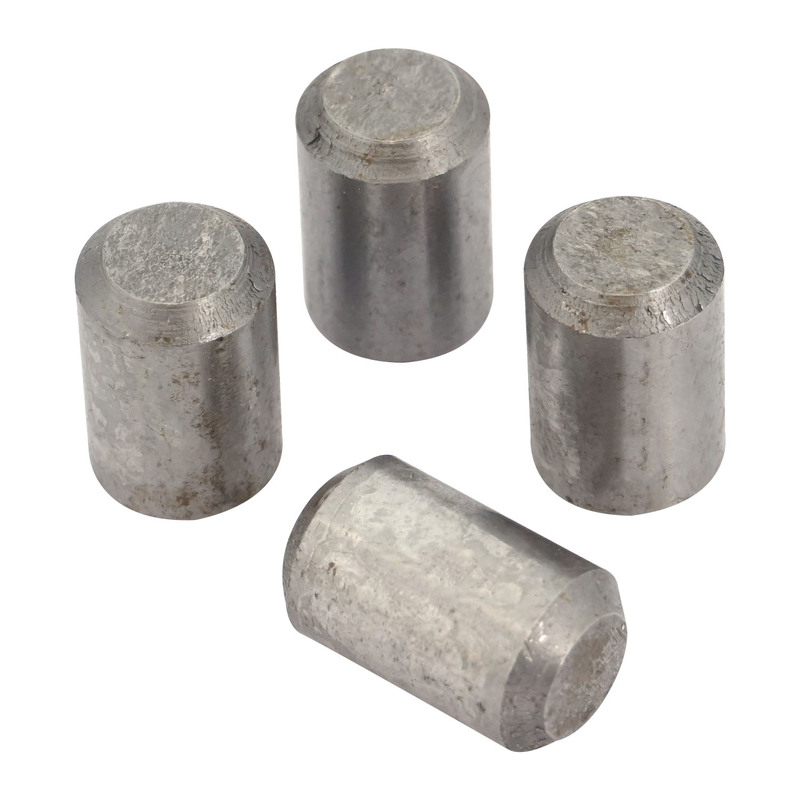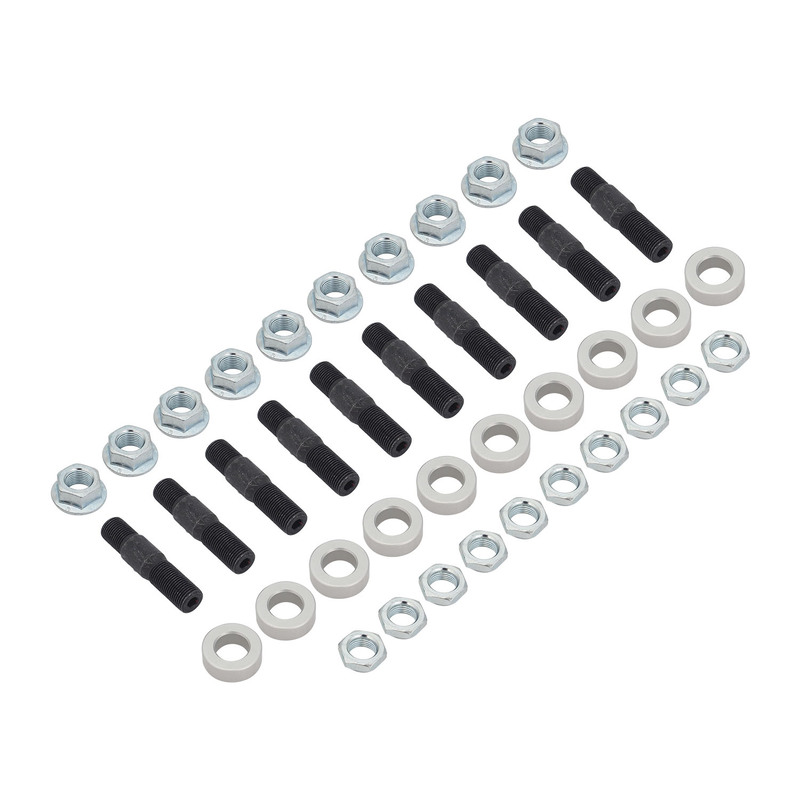1875 Grenville Steam Carriage
It is the best surviving example of the private steam powered vehicles developed between 1860 and 1890, before the widespread appearance of the motor car. The Grenville steam carriage was designed about 1875 by Robert Neville Grenville of Butleigh Court, Glastonbury, and built over a period of fifteen years. The engine was originally a single cylinder type mounted on the boiler, but this was later replaced with a twin cylinder engine. In addition to the driver and the steersman there is seating for four passengers. There is also a small seat in the engine compartment for the fireman who is responsible for firing the boiler and maintaining its water level. On the flat, the carriage can attain a speed of just under 20 mph. (32 km/h.). Grenville used the carriage in the Glastonbury area for a few years but in 1898, when experiments in cider making were started at Butleigh Court, the Grenville carriage was adapted for use as a stationary engine driving a cider mill.
Around the same period, the motor car was beginning to appear, together with light and efficient steam cars from America. It seems likely that Grenville lost interest in the steam carriage, which probably never worked particularly often anyway. The boiler, designed to raise steam quickly and supply it steadily to a pump, was not entirely suitable for the intermittent demands of a vehicle, and required diligent and expert firing. After Grenville died in 1936, the carriage was lent to John Allen & Sons Ltd. of Cowley, Oxford, where it was completely overhauled. In recent years it has appeared at steam rallies and other events. The 1875 steam engine has now found a permanent home at the National Motor Museum UK, where it is the oldest vehicle on display.















